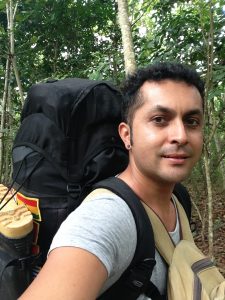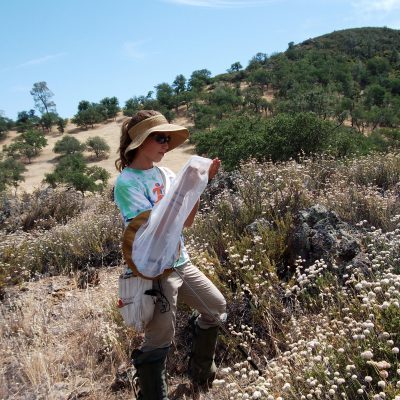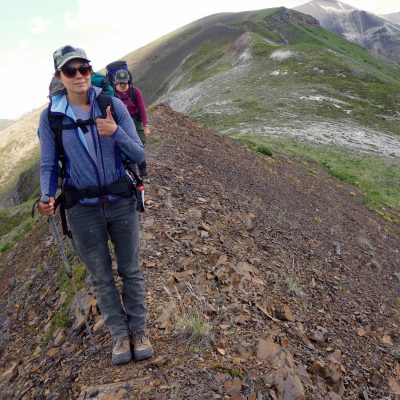2016-2017
2016-2017 Fellows
Biodiversity Blog
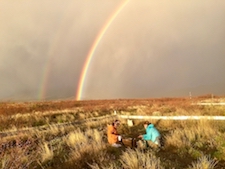
Former UFBI Fellow Joan Meiners…
December 17, 2018 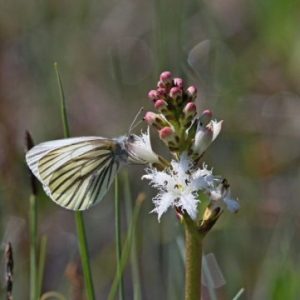
Climate change in Quebec equals…
May 31, 2018 
Join the Zooniverse. Be a…
May 30, 2017 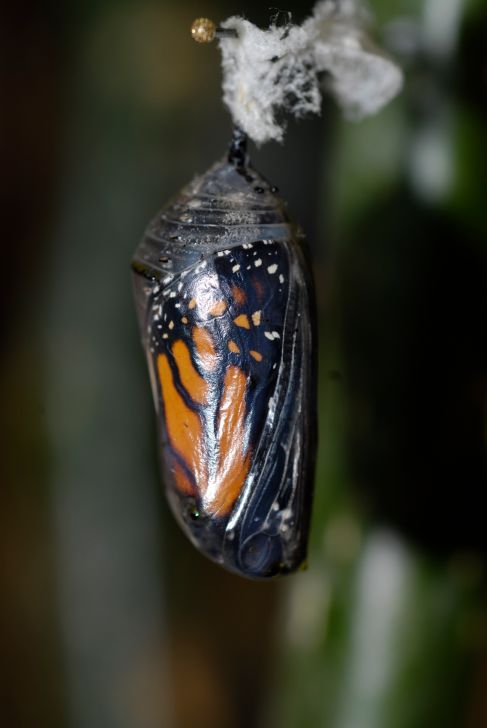
Studying Monarch Butterflies Using Citizen…
May 8, 2017 
Women Who Inspired us in…
March 29, 2017 
Climate change is threatening biodiversity…
February 14, 2017 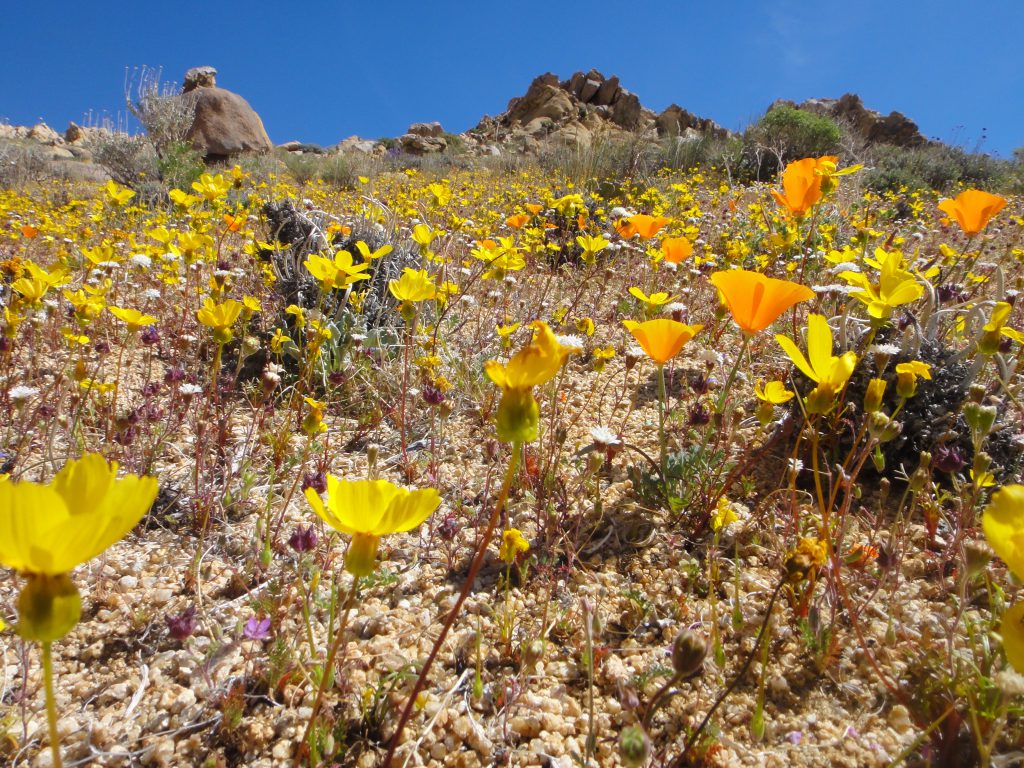
Diversity in Biodiversity Science
February 8, 2017 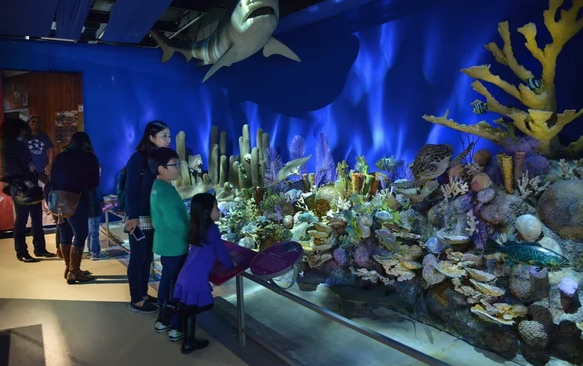
Biodiversity in Cuba
December 8, 2016 
Big Data, Biodiversity, and Conservation
December 1, 2016 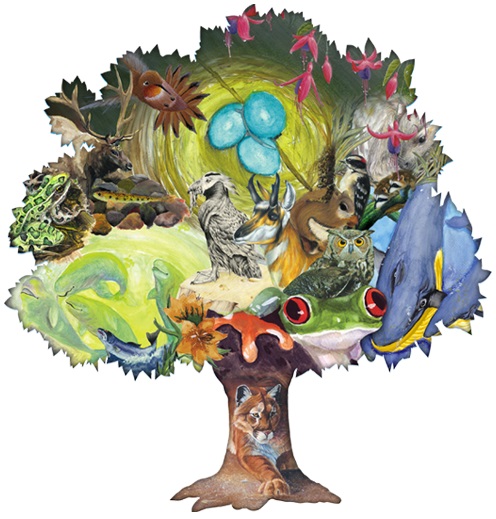
Global biodiversity needs citizen scientists,…
November 17, 2016 |
“I was selected as a University of Florida Biodiversity Institute Fellow for the 2016-17 academic year. My project, entitled “Land-cover change and forest fragmentation impacts on biodiversity in a fragmented landscape in coastal Ecuador” focused on analyzing biodiversity conservation in a highly fragmented landscape of coastal Ecuador. High deforestation rates and associated forest fragmentation worldwide highlight the importance of understanding biodiversity conservation in mosaics of land-cover types. This is particularly relevant in areas already highly fragmented yet critical for biodiversity conservation, such as in biodiversity hotspots.
I wanted to test the hypothesis that Land-cover change (1990-2015) and fragmentation have differential impacts on dimensions of tree diversity – e.g. certain functional groups, endemics, endangered species, etc., using as a case study a fragmented landscape of 14,900-ha in coastal Ecuador.
Results to date indicate that, as expected, land-cover plays a critical role in determining taxonomic tree species diversity. Old-growth forests are more species-rich than secondary forests. Likewise, secondary forests are richer than more human-impacted land-cover types such as pastureland and plantation. However, results to date also indicate that having plantations in close proximity to surveyed forests will result in lower diversity. Plantations account for less than 5% of the landscape, so it is not very likely that they are significantly altering landscape configuration or patch characteristics. Plantations are land-cover types heavily managed by people, so they likely highlight individual landowner decisions in regards to forest management. People that own plantations in the area tend to be wealthier and less concerned about environmental issues, so it is possible that plantation occurrence is a proxy for how individual landowners manage their land, including their forests.
forests. Likewise, secondary forests are richer than more human-impacted land-cover types such as pastureland and plantation. However, results to date also indicate that having plantations in close proximity to surveyed forests will result in lower diversity. Plantations account for less than 5% of the landscape, so it is not very likely that they are significantly altering landscape configuration or patch characteristics. Plantations are land-cover types heavily managed by people, so they likely highlight individual landowner decisions in regards to forest management. People that own plantations in the area tend to be wealthier and less concerned about environmental issues, so it is possible that plantation occurrence is a proxy for how individual landowners manage their land, including their forests.
 I also explored how landscape, patch, and species characteristics help explain the occurrence of 17 endemic tree species identified in the study area. Species traits (i.e. wood density) are the most important variables that determine whether or not endemic species are present in a site. Distance to road and land-cover (i.e. old-growth or secondary forest) are also important, but they affect species differently. For instance, most endemic species are less likely to be found in secondary forest, but some flourished in them.
I also explored how landscape, patch, and species characteristics help explain the occurrence of 17 endemic tree species identified in the study area. Species traits (i.e. wood density) are the most important variables that determine whether or not endemic species are present in a site. Distance to road and land-cover (i.e. old-growth or secondary forest) are also important, but they affect species differently. For instance, most endemic species are less likely to be found in secondary forest, but some flourished in them.
This project will continue beyond the appointed time. Thanks to the University of Florida Biodiversity Institute (UFBI) we established collaboration with the University of Michigan to include phylogenetic diversity as another dimension of biodiversity in our assessments. This research was presented this past summer 2017 at the 54th Annual Meeting of the Association of Tropical Biology and Conservation (ATBC) in Merida, Mexico.
Being part of the first group of UFBI fellows was an amazing experience. Not only did the UFBI help financially, but the academic interactions and the experience gained significantly enhanced my project outcomes and guided future directions.”
“The crowning achievement of my year as a University of Florida Biodiversity Institute Graduate Student Fellow  was submitting and having my first lead-author paper accepted for publication. I worked with my current advisor, Dr. Morgan Ernest, our lab postdoc, Dr. David Harris, and my M.S. adviser, Dr. Terry Griswold, to analyze data on my discovery that native bees use honeydew sugars when nectar is low, and shape our findings into a story. Our paper, “Bees without Flowers: Before Peak Bloom, Diverse Native Bees Find Insect-produced Honeydew Sugars” will be published in the August 2017 print issue of The American Naturalist, and is already available online at http://www.journals.uchicago.edu/doi/10.1086/692437.
was submitting and having my first lead-author paper accepted for publication. I worked with my current advisor, Dr. Morgan Ernest, our lab postdoc, Dr. David Harris, and my M.S. adviser, Dr. Terry Griswold, to analyze data on my discovery that native bees use honeydew sugars when nectar is low, and shape our findings into a story. Our paper, “Bees without Flowers: Before Peak Bloom, Diverse Native Bees Find Insect-produced Honeydew Sugars” will be published in the August 2017 print issue of The American Naturalist, and is already available online at http://www.journals.uchicago.edu/doi/10.1086/692437.
In keeping with my science communication goals, I also wrote a blog post about this publication (at https://sixlegsonecorolla.wordpress.com/2017/07/05/what-do-bees-do-when-flowers-are-few/). The blog describes the process behind our simple, but elegant, experiment to investigate our discovery of a diverse range of native (mostly solitary) bee species foraging on insect honeydew, and what cues they may be using to locate these unadvertised sugars early in the spring when floral nectar is limited. This behavior has been previously reported for some bumble bees, honey bees, and tropical stingless bees, but no one had observed or studied this foraging behavior among solitary bees, nor looked into how bees find honeydew in the absence of any of the standard floral cues that we think of as being essential to bee foraging strategies. We recorded 42 different native bee species exhibiting surprising non-floral-centric foraging behaviors; determined that they were able to find simple sugars without the aid of any visual, olfactory, or other known cues; and postulated that this may be evidence of an interspecific foraging network, or “interspecific eavesdropping”, among solitary bees attempting to survive in nectar-depauperate habitats. Due to threats such as habitat degradation, drought, and shifting bloom times, this may become a common scenario for bees, and I am excited to have contributed to our knowledge about how bees will respond.
bees, but no one had observed or studied this foraging behavior among solitary bees, nor looked into how bees find honeydew in the absence of any of the standard floral cues that we think of as being essential to bee foraging strategies. We recorded 42 different native bee species exhibiting surprising non-floral-centric foraging behaviors; determined that they were able to find simple sugars without the aid of any visual, olfactory, or other known cues; and postulated that this may be evidence of an interspecific foraging network, or “interspecific eavesdropping”, among solitary bees attempting to survive in nectar-depauperate habitats. Due to threats such as habitat degradation, drought, and shifting bloom times, this may become a common scenario for bees, and I am excited to have contributed to our knowledge about how bees will respond.
During spring 2017 semester, I also made progress working with Dr. Rob Guralnick on analyses for a chapter of my PhD looking at bee community assembly and habitat requirements for target, representative bee species. We used my empirical vegetation data along with downloaded National Landcover Data (NLCD) to characterize the habitats used by bee species of various trait groups at different spatial scales. We are currently building and comparing best GLMM models and hope to use these results to broaden the discussion about what resources are important in determining bee species relative distribution across a landscape.
Finally, one of my goals as a graduate research fellow with the UFBI was to improve my ability to impact attitudes and popular science communication about conservation issues by writing and pitching a story about native bee biodiversity to a national magazine. Towards this end, I wrote many drafts of a piece on this topic, learned new skills in Adobe Photoshop and Illustrator to provide accompanying art, and worked with a freelance science journalist to edit and pitch the story to publishers. I am currently waiting to hear back, and plan to expand the story and this trajectory of my interests next year by taking the Environmental Journalism class at UF with writer-in-residence and published author Cynthia Barnett next fall. By pushing me to pursue these goals and giving me access to biodiversity researchers, other student fellows, and a productive working environment, the UFBI fellowship enabled me to have an especially productive and motivational year of research.”
John Park, Ph.D. Student and Research Assistant
“My 2016-2017 UF Biodiversity Institute Graduate Student Fellowship has provided wonderful opportunites to build fundamentals in interdisciplinary field of remote sensing, image processing, and machine learning techniques to solve important knowledge gap regarding tropical forest biodiversity: In species-rich Tropical forest, diverse phenological strategies coexist, however not the pattern nor the cause of such variety is yet fully understood, due to limitation in monitoring methods.
fully understood, due to limitation in monitoring methods.
To solve this gap, I use a year-long, bi-weekly high-resolution time series images that were acquired by UAVs (Unmanned Aerial Vehicles), over 50-ha plot in Barro Colorado Island (BCI), Panama. In estimating true phenology from the UAV dataset, expertise in overlapping fields of remote sensing, image processing, and machine learning is essential; e.g., in processing images, fundamental knowledge in theories and practice is required to extract relevant features from leaf, branch, and flower structures; in extracting crown-level information, proficiency in GIS software and programming languages is needed; in categorizing crowns to different levels of phenology phases, training and validating classification models is necessary.
During 2016-2017, I took the image processing and computer vision class (EEE 6521) from Electrical and Computer Engineering department, to develop a basis for image processing techniques. In addition, I developed a framework to fully utilize UF high performance computing (HPC) environment in generating and extracting textural features of individual trees in the UAV dataset, by employing relevant programming skills. The framework enables massive data processing to test multiple textural features of crown images, which could be used in estimating true phenology of tree crowns. I tested this framework on a subset of UAV datasets, whether extracted features correspond well with visual observations of leaf, branch, and flower cover of each crown (n=56); several features showed strong correlation to crown leaf cover (e.g. r=0.70, p<0.01).
The framework and techniques I have developed during UFBI fellowship will be combined with my previous work on automatically detecting leaf-on and leaf-off status of tree crowns (presented at Ecological Society of America, in 2016), to better estimate the individual-level phenology status of tree crowns. Accurate estimation of phenology status for thousands of individual trees for hundreds of species in the 50-ha plot in BCI will be a valuable information to study diverse phenological strategies in tropical forest.”
“In the summer of 2016, the Flower Finder Citizen Science Project was developed and implemented as an outreach project in Denali National Park and Preserve to engage the public in research at their national park. The project entailed encouraging park visitors to find six target plant species and upload their photos with GPS coordinates to iNaturalist (an online repository for observations of biodiversity). The main objectives of this project were 1) to engage the public to look at plants—a surprisingly difficult task—while participating in scientific research; 2) to document plant occurrences at Denali National Park;  and 3) use public-generated data for ecological niche models (ENMs). These goals were accomplished through multiple outreach events including public lectures, flower walks, talking with visitors and staff about the project, and analysis of the results with help from the University of Florida Biodiversity Institute.
and 3) use public-generated data for ecological niche models (ENMs). These goals were accomplished through multiple outreach events including public lectures, flower walks, talking with visitors and staff about the project, and analysis of the results with help from the University of Florida Biodiversity Institute.
There were two major outcomes from this project: 1) visitors to Denali National Park participated in the project; and 2) analysis of data points validated the use of citizen-generated data for ecological niche modeling. The Flower Finder Project at Denali National Park generated 157 new data points for six target plant species. These points were used in comparison to georeferenced museum specimens. Niche models estimate habitat suitability across a geographic area and are generated by inferring the ecological and climatic preferences of a species from locality data gathered from occurrence records. Once the model has been trained from occurrence records, these preferences can be projected onto a geographical area. To date, hundreds of studies have used niche models to assess habitat suitability across both varying landscapes and time. A notable result from using the data generated by the Flower Finder project is that analysis suggests the citizen-generated data more accurately trained the ecological niche models. These results were rather remarkable so this finding is being tested on much larger datasets with many focal taxa. Investigation of this finding would not have been possible with support from the University of Florida Biodiversity Institute, and we plan to disseminate these results in a publication in the next year.”


